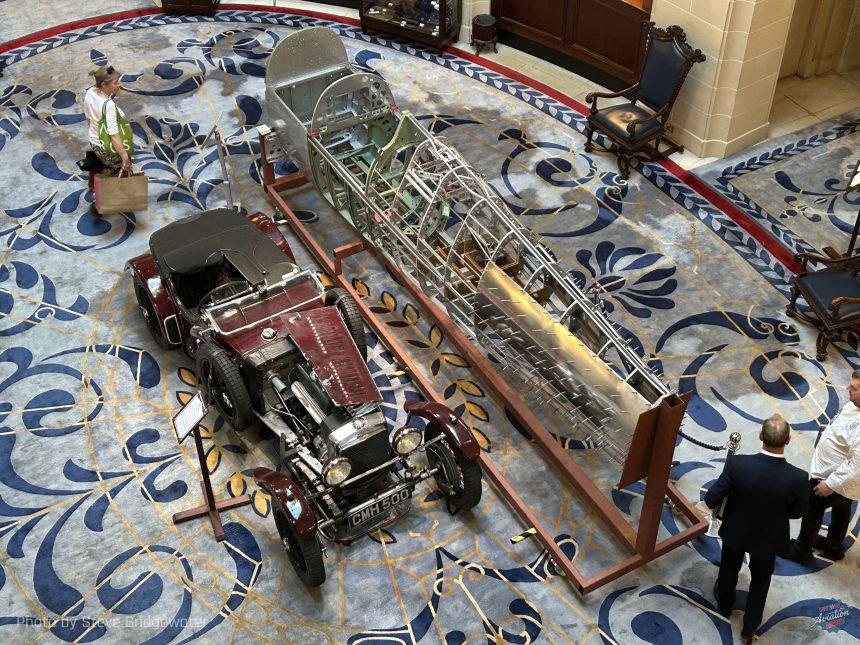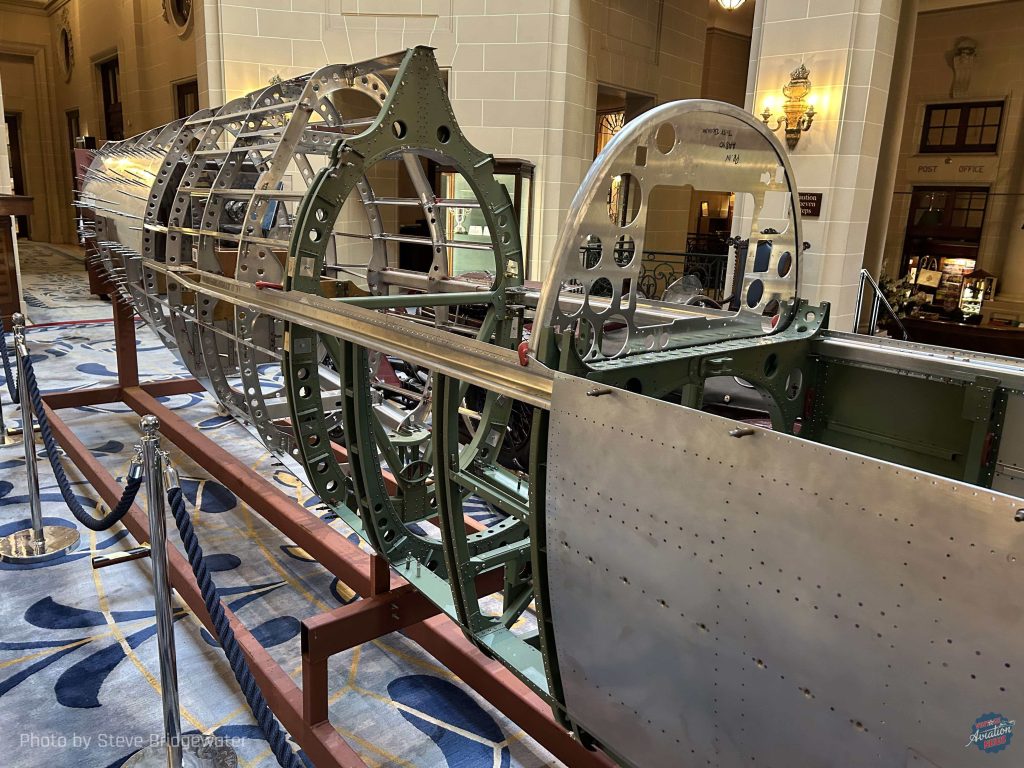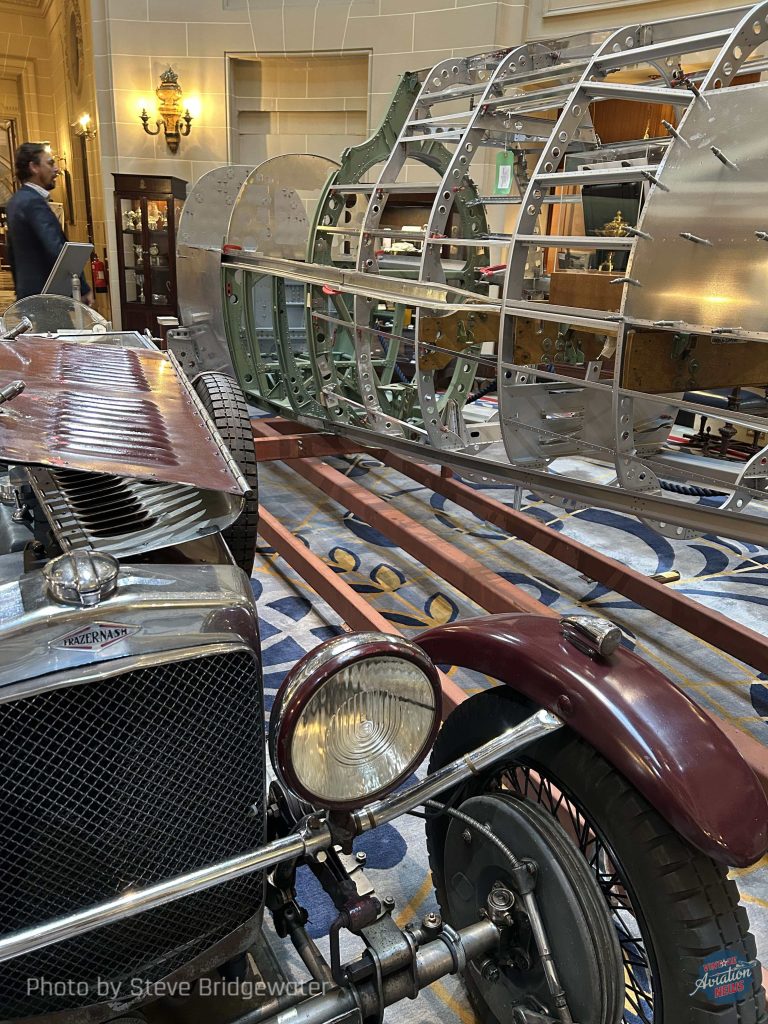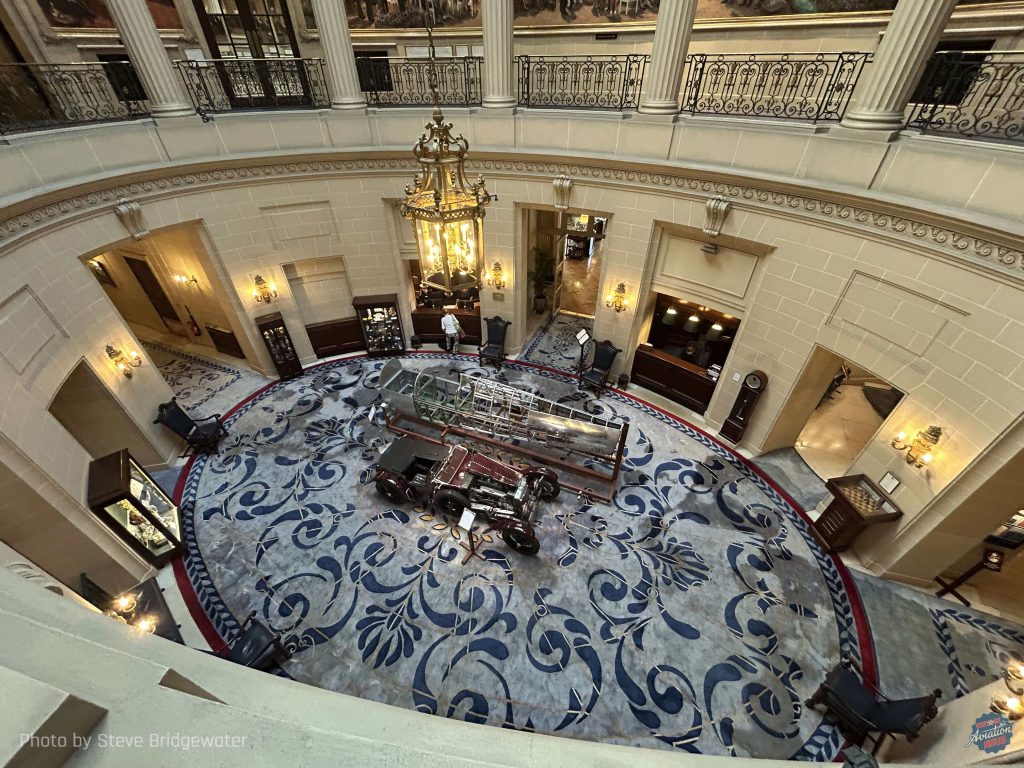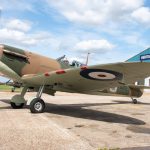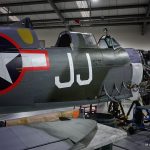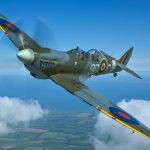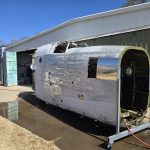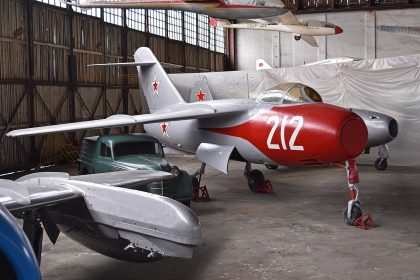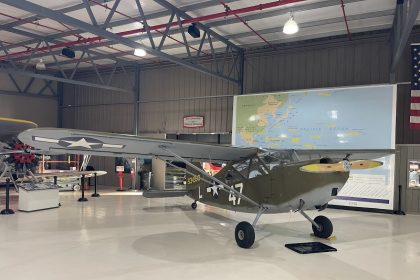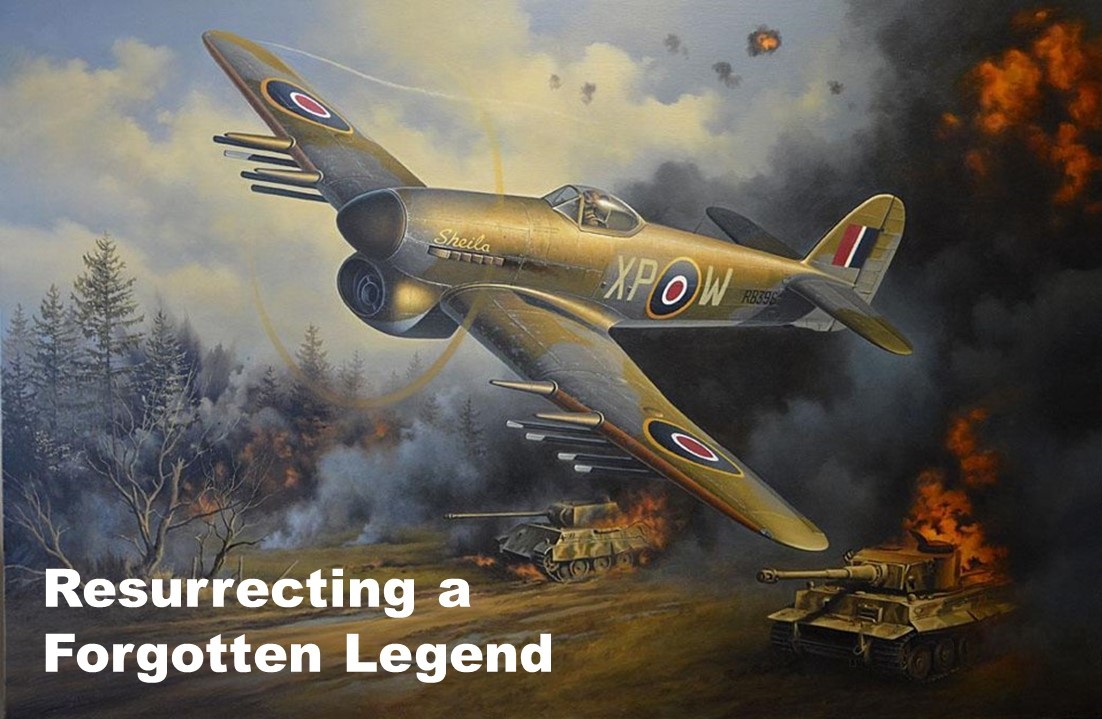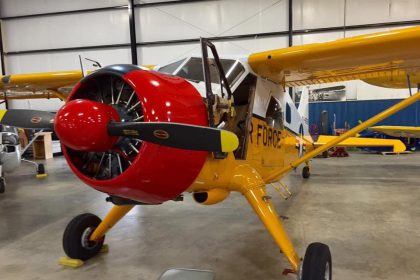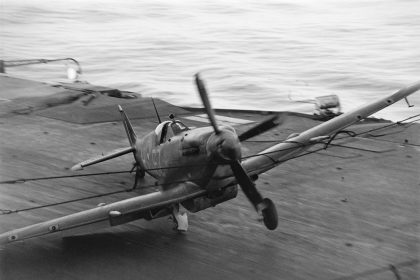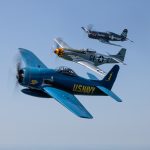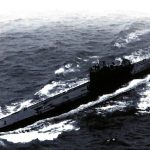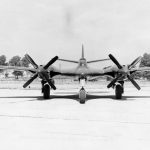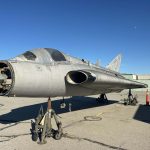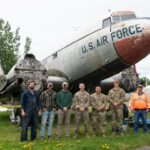Our UK friend Stephen Bridgewater recently visited the prestigious Royal Automobile Club in London, where a truly unique aircraft was on temporary exhibit. To commemorate the 80th anniversary of VE-Day, the Club partnered with Spitfire AA810 Restoration Ltd to showcase the historic fuselage of Spitfire PR.IV AA810 (G-PRID)—a rare, unarmed photo-reconnaissance variant currently undergoing full restoration to flight.
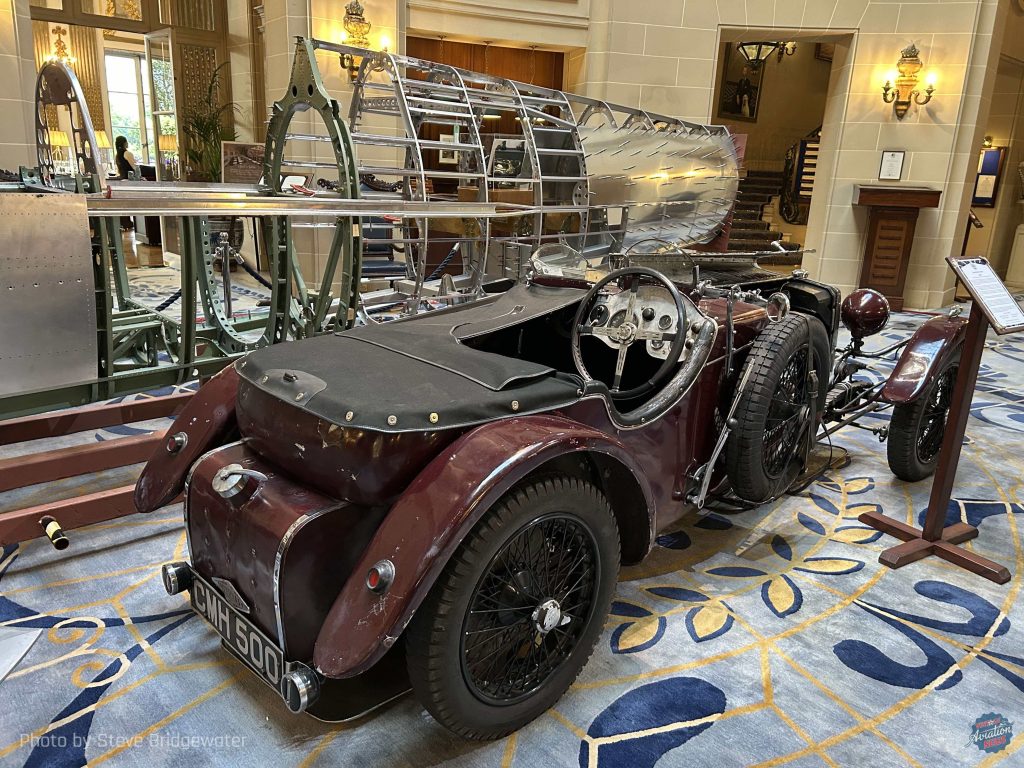
Built in 1941, AA810 is recognized as the world’s oldest surviving unarmed military reconnaissance aircraft. It also holds the distinction of logging more operational hours than any other extant Mk I Spitfire and was the first Spitfire to be lost over Norway during World War II. Perhaps most notably, it remains the only known aircraft directly connected to an individual involved in the legendary prisoner breakout known as “The Great Escape.”
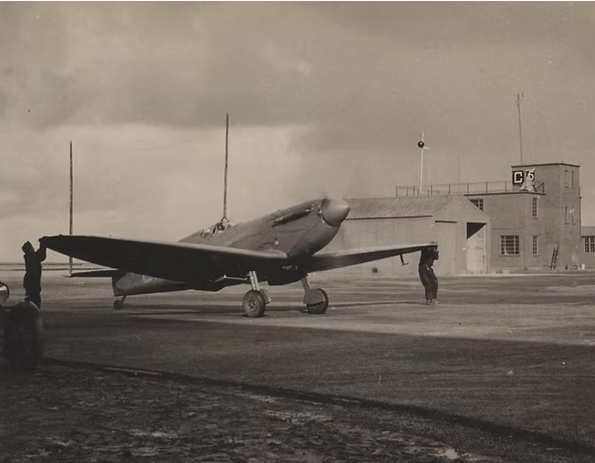
AA810 first took to the skies on 17 October 1941 from RAF Henley-on-Thames, piloted by Supermarine’s Chief Test Pilot Jeffrey Quill. Operational service began soon after at RAF Benson, where it was flown by Mervyn Jones, a Grand National-winning jockey, on 30 October 1941. Over the following five months, seven more pilots flew missions in AA810, including Alastair “Sandy” Gunn, Edward Lee, Freddie Malcolm, Guy Morgan, Robert Tomlinson, and AFP Fane, a well-known 1930s racing driver whose Frazer Nash is also on display at the Club. Of these, only Lee and Morgan survived the war.
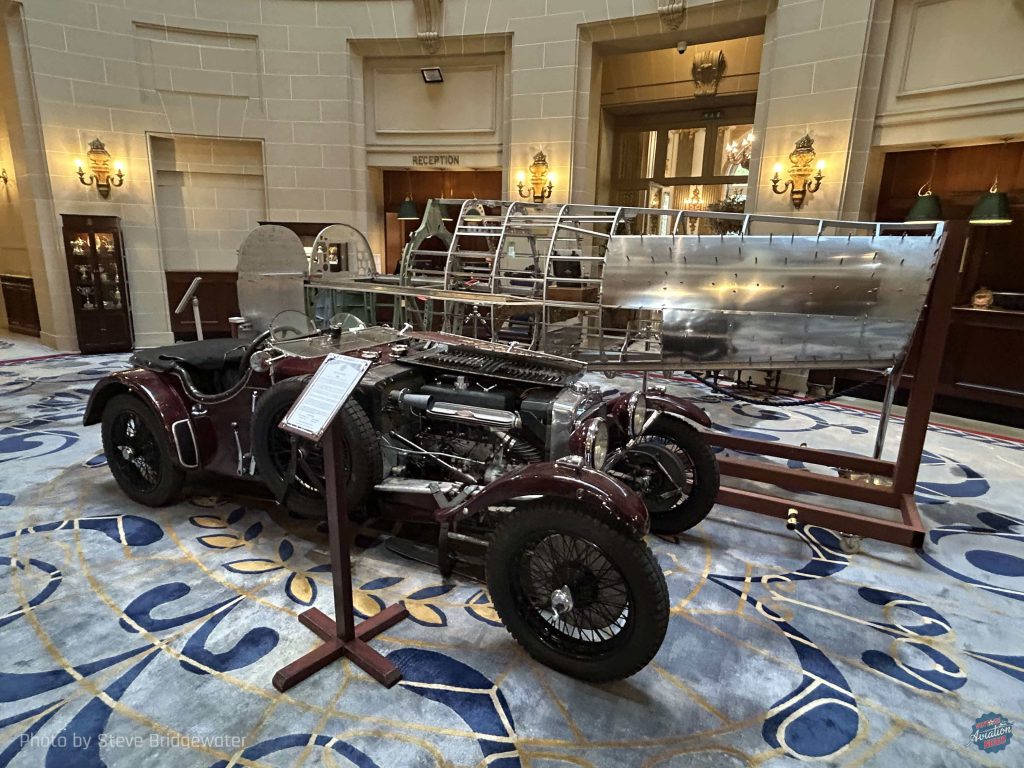
The aircraft’s final wartime mission took place on 5 March 1942, with Sandy Gunn at the controls. While on a reconnaissance flight near Trondheim, Norway—searching for the German battleship Tirpitz—AA810 was intercepted and shot down by enemy fighters. Gunn bailed out successfully but was captured and sent to Stalag Luft III. In March 1944, he was the 68th man to escape during the infamous Great Escape, only to be recaptured and later executed on direct orders from Adolf Hitler.
The downed Spitfire lay buried in a Norwegian bog for 76 years before it was recovered in 2018. Now, a skilled team of restoration experts across the UK is bringing AA810 back to life. Over a third of the aircraft has already passed airworthiness inspections, with a target date of early 2027 set for its return to the skies. Restoration efforts are ongoing, and Spitfire AA810 Restoration Ltd is actively seeking both personal and corporate sponsorship to complete the project.
We thank Stephen Bridgewater for submitting these exclusive photos from the exhibit, and we look forward to bringing readers regular updates as the restoration progresses. For more information or to support the project, visit: www.spitfireaa810.co.uk







